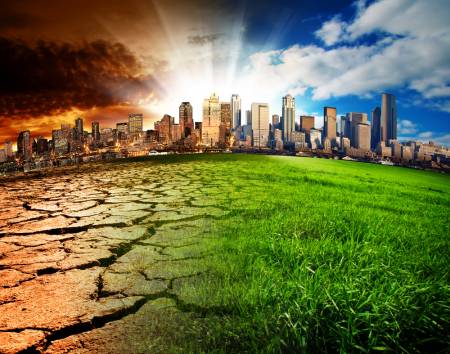When we were children, on our way to Hira school Alladand Dheri District Malakand, we would pass by a small river surrounded by lush green fields, with few tiny streams flowing beside it. That place felt like a magical world to us. Every spring, when the air was fresh and crisp, the riverbank would come alive with dragonflies(local name Dham). They would dart through the air, skim the water’s surface, and perch on rocks, their colorful wings glistening in the sunlight. We would eagerly chase after them, trying to catch them in our hands.
It became our routine to stop by the river on our way back from school, we would catch the flying dragon by its tail and tie a thread to it. As it started flying, we would chase after it, sometimes clapping and sometimes laughing with joy.
Those moments were filled with pure joy. The river water was crystal clear, with tiny fish swimming beneath the surface, and we would sit on the grass near the streams, sharing stories about our day.
But as time passed, everything changed. The river water turned murky, the streams began to dry up, and the number of dragonflies dwindled. At first, we thought it was just a seasonal change, but then one day, we realized the dragonflies had completely disappeared. The colorful wings, the gentle fluttering, and the cherished memories became nothing more than stories of the past.
Today, when I stand by the riverbank, there is only silence. The streams have vanished, replaced by garbage and waste. The absence of the dragonflies has left a void that nothing can fill. They were not just tiny creatures; they were a symbol of our childhood innocence and our deep connection to nature.
I wondered why the dragonflies had disappeared. Was it due to climate change, or was there another reason? Upon researching, I discovered that nearly a quarter of the world’s freshwater species—including fish, dragonflies, crabs, crayfish, and shrimp—are at risk of extinction. A study by the International Union for Conservation of Nature (IUCN) highlights the alarming decline in global freshwater biodiversity. Despite covering less than 1% of the Earth’s surface, freshwater ecosystems support 10% of all known species, making their preservation vital for maintaining ecological balance and sustaining human life.
The disappearance of dragonflies, like many other freshwater species, is likely caused by multiple factors. Climate change is a major contributor, disrupting rainfall patterns, altering water temperatures, and affecting the availability of suitable habitats. However, human activities—such as industrial pollution, agricultural runoff, deforestation, and excessive water extraction—have also played a significant role in degrading freshwater ecosystems.
Also read: Paper Mulberry: A Growing Environmental Concern in North region of Pakistan
One of the biggest threats to dragonflies and other freshwater species is the destruction of wetlands. Over 35% of the world’s wetlands have been lost in the past 50 years due to urbanization, infrastructure projects, and unsustainable agriculture. Wetlands act as natural filters, purifying water and providing breeding grounds for dragonflies, fish, and countless other species. When these ecosystems vanish, the species dependent on them face extinction.
Additionally, the excessive use of pesticides and chemical fertilizers has had devastating effects on dragonfly populations. These toxic substances seep into water bodies, contaminating their habitats and disrupting their life cycles. A recent study found that insect populations—including dragonflies—have declined by over 40% in the past few decades due to habitat destruction and chemical pollution.
The loss of dragonflies is not just an ecological tragedy; it is a warning sign of a much larger crisis facing freshwater biodiversity. Protecting these ecosystems is crucial, not only to preserve species like dragonflies but also to safeguard the countless communities that rely on freshwater resources. Immediate action is needed to address these challenges—by restoring wetlands, reducing pollution, and implementing sustainable water management practices—to restore the balance of our planet’s fragile freshwater systems.





